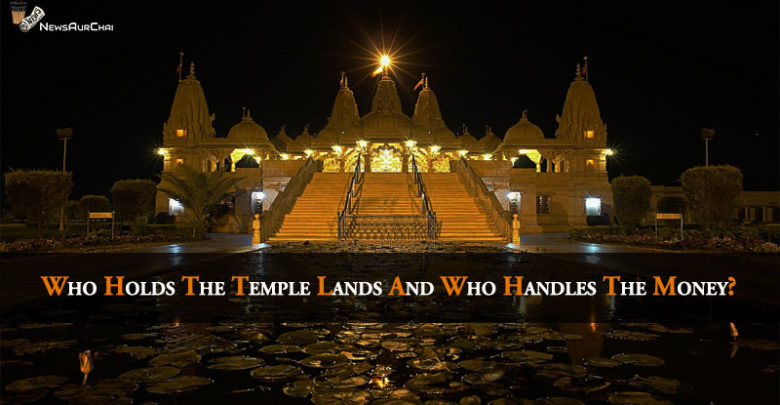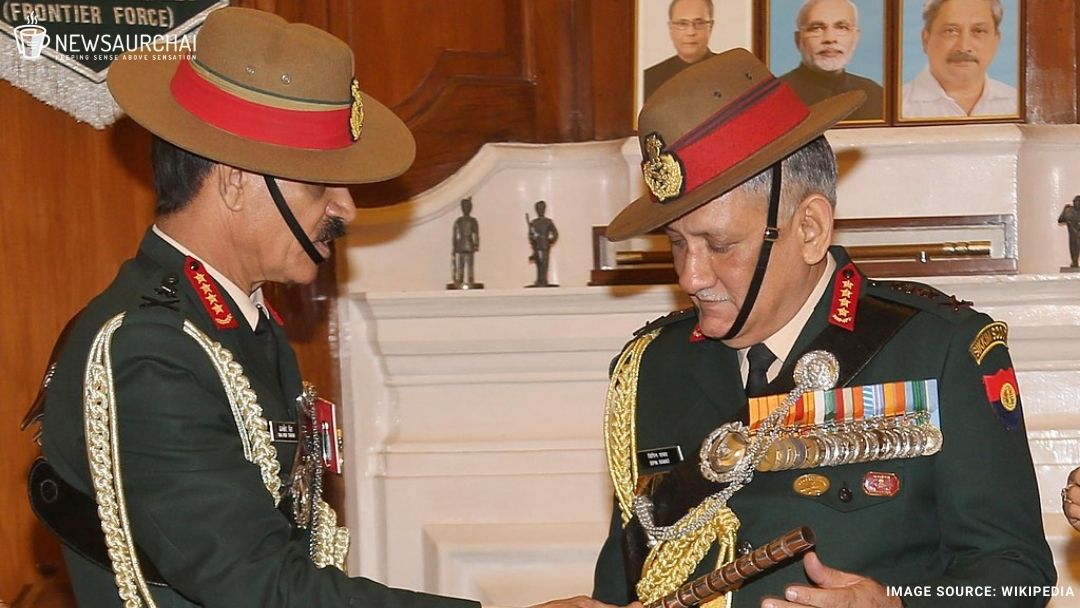
India has always been a land of cultures and diversity. A country with different religions, opinions and perspectives and so the various organisations like temple trust are crucial for controlling the inflow of money, celebrations, the appointment of priests, meetings and more.
The temples are always in the news concerning their ownership disputes. It is majorly due to the voice of the Hindu bodies strata which claim it to be their property whereas the government claims their domination over the temple properties.
In a recent case of temple ownership in Madhya Pradesh, two pujaris, Ram Das and Bajrang Das, appealed in the Supreme Court regarding the same issue. The court gave a clear and precise order regarding the ownership of temples.
The court said, “a person can claim to be the owner of a temple only if the claimant is able to prove that the shrine had been built with private funds and the priests performing the pujas are related by blood.”
It dismissed their appeals as they possess the guru-shishya relationship and stated that if the temple were a private temple, the succession would have been hereditary. It would be thus governed by the principles of Hindu succession, i.e. by blood, marriage and adoption.
The administration of the temple properties rests with the government if the above conditions are met. Thus they are fully empowered to regulate the allocation of money and material resources for it. Moreover, such temples will be open to the public.
It has been accepted that priests can follow the rituals as per their beliefs. However, their appointment is something of a secular activity, and thus the government interference is a must on it.
History of temple ownership and Management:
The history also has its explanations. Madras Presidency passed the Madras Hindu Religious Endowments Act in 1923. Hence the government constituted “The Hindu Religious and Charitable Endowments Board” in 1925 for better governance and administration of religious endowments. It focused on removing the authoritarian rule and discrimination against other groups.
So, from 1991, no religious and spiritual leaders are included in the maintenance and administration of the Hindu Temples and Charitable Endowments. However, the maintenance and administration of the Jain temples are under the administration of Jain religious and spiritual leaders.
Nevertheless, there seem to be some loopholes in the system. Since the tracking of the donations in the name of religion is quite sceptical, the politicians can very calmly use it for non-religious purposes and in a way, can be a peaceful path towards corruption.
In the last few years, more than 50,000 temples had been closed for want of funds and priests no priests want to train their children in temple work. It revealed the eating of handsome funds at some spot which is quite challenging to track. Now, since the power rests with the government, the time has come to analyse and question the respective people!
The problems related to decay and damage of buildings are also regularly reported, but the reaction towards the same is not directly proportional to it. It has been reported that the MLAs and ministers of Tamil Nadu and Kerala are looting the jewellery, land, idols and diverting the donations of devotees for the other purposes which are not as per the prescribed act.
Rest lies in our thinking capabilities to enquire, evaluate and raise the question regarding how this money that flow to the temple is spent and what for?





